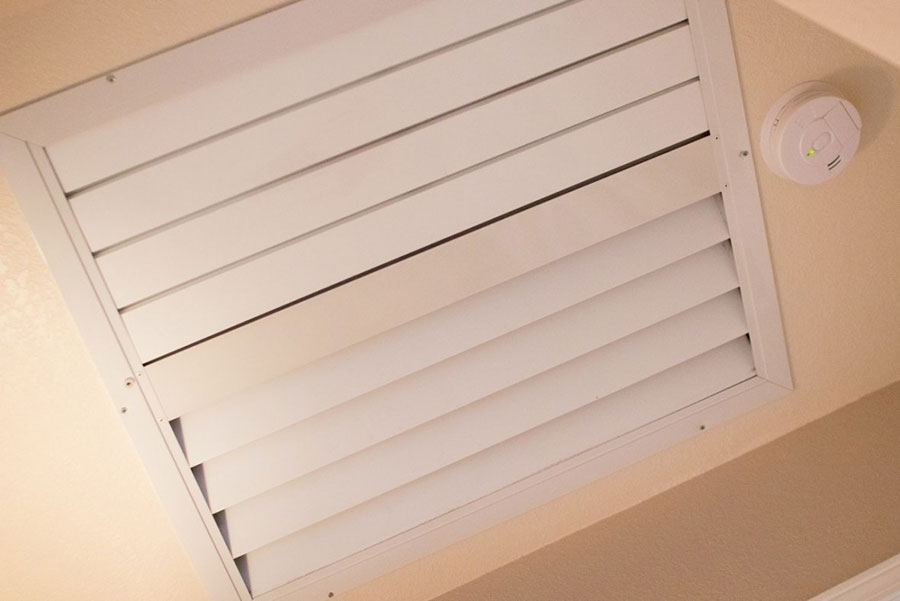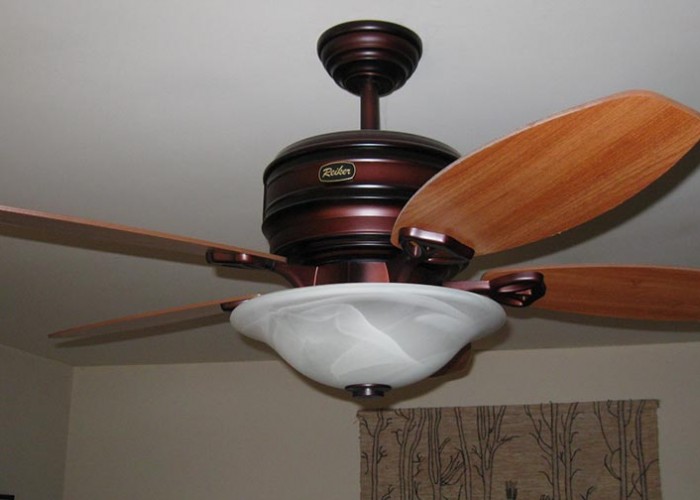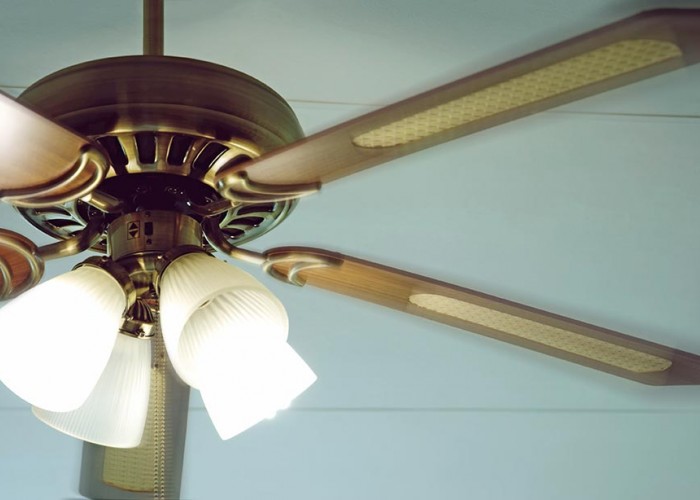Are Whole-House Fans Helpful?
Maybe, if used correctly
By Hannah McKenzie
Q: I recently moved, and our home has a large fan in the hallway ceiling. I am hoping there is a way to use it and save energy during the hot summer months. What do I need to know?
A: Whole-house fans like you describe were the cat’s meow before the days of air conditioning. These powerful attic floor-mounted fans pull cool outside air inside through open windows and push warm inside air to the outside through the attic. Many of us grew up with the nightly summer routine of opening windows, securing screens and getting tucked into bed as our parents turned on the fan. I recall the loud whir being terrifying, but I associated it with the relief of cool evening air being pulled into my bedroom. Fast forward 30 years, and many homes have upgraded to central air conditioners, which keep our homes more comfortable, and far less humid and susceptible to mold growth, especially in our closets.
The real potential for savings with a whole-house fan occurs when the air conditioner is turned off for days, weeks or months at a time. See table below.
Estimated Running Costs
| Whole-house fan | 200 to 700 watts | 21 hours per day | $0.36 to $1.24 per month* |
| Central air conditioning | 2,000 to 5,000 watts | 4 hours per day | $28 to $72 per month* |
*Estimate using $0.12 per kWh
Keep in mind that even cooler night air in the Carolinas will carry moisture indoors, which can make your air conditioner work overtime and ultimately increase your energy bill. So, decide whether to use a whole-house fan or an air conditioner to cool your home for periods of time.
When using air conditioning:
- Leave exterior windows and doors closed and latched all the time to keep the cool, dehumidified air inside.
- Remove or disable the whole-house fan and properly air seal and insulate the hole in the ceiling. Leaving the hole unsealed and uninsulated will result in higher than necessary winter heating bills.
If you choose to use the whole-house fan:
- Hire a Building Performance Institute-certified combustion specialist to confirm that the fan does not cause any carbon monoxide to backdraft into your home from a gas- or oil-powered water heater, furnace or dryer. Carbon monoxide can cause persistent headaches, vomiting or flu-like symptoms and can even be deadly.
- When the outside temperature and humidity drop every evening or morning, open a few windows, close the fireplace damper and turn on the fan. The size of the fan and your house will determine how long the fan needs to run to fill the house with cool outside air.
- During the day, close and latch windows and doors to keep cool air inside.
- Winterize the fan by disabling and insulating it so you aren’t unwittingly spending money to keep attic pests warm in the winter. One solution is to construct an insulated box to sit over the fan unit. Some fans include insulated motorized doors that close when the fan is not in use.
Deciding between comfort, saving money and your love of the outdoors is a balancing act. Once the whole-house fan is turned off at night, open windows allow us to fall asleep to croaking frogs and hooting owls and wake to birdsong, but there is much to appreciate about the luxury of air conditioning.
For more information on whole house fans, aka "attic fans," visit Green Building Advisor.
-
Are you a fan of fans?
-
Share this story:





